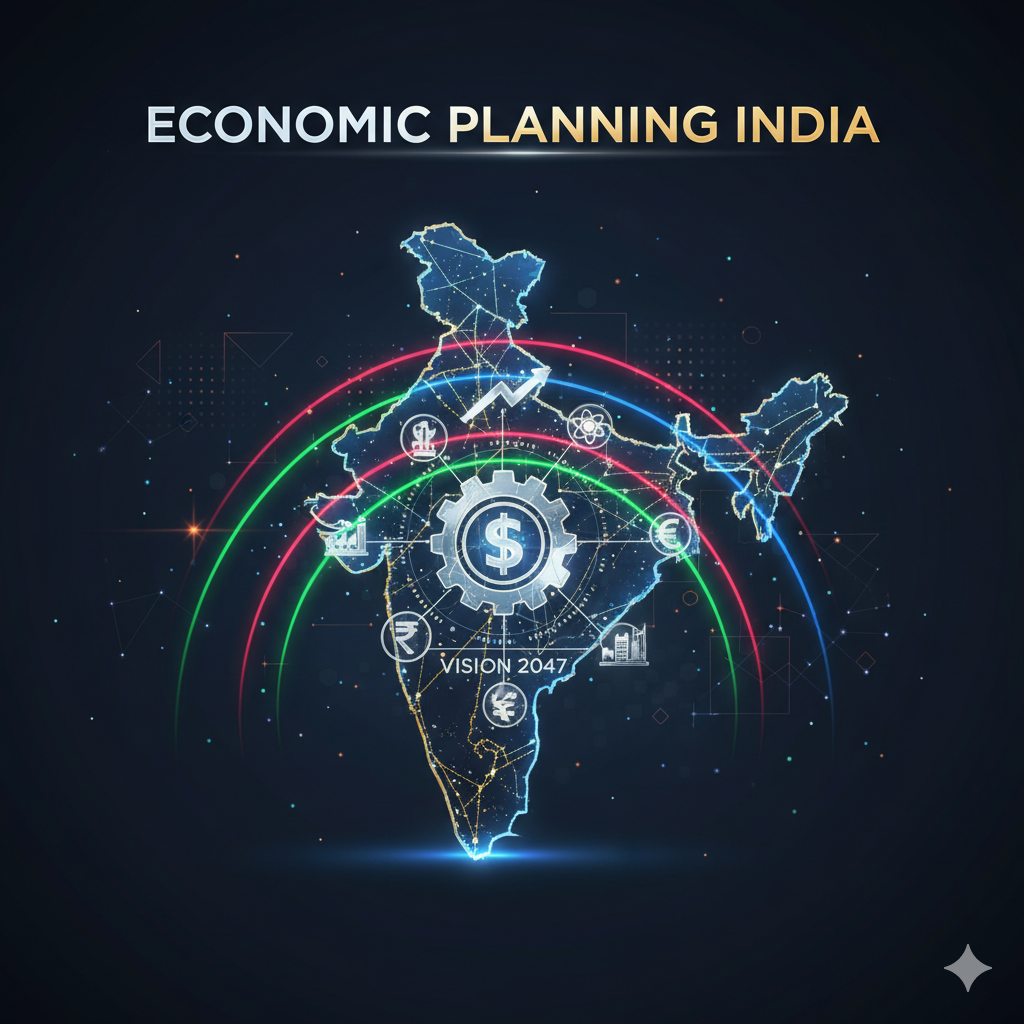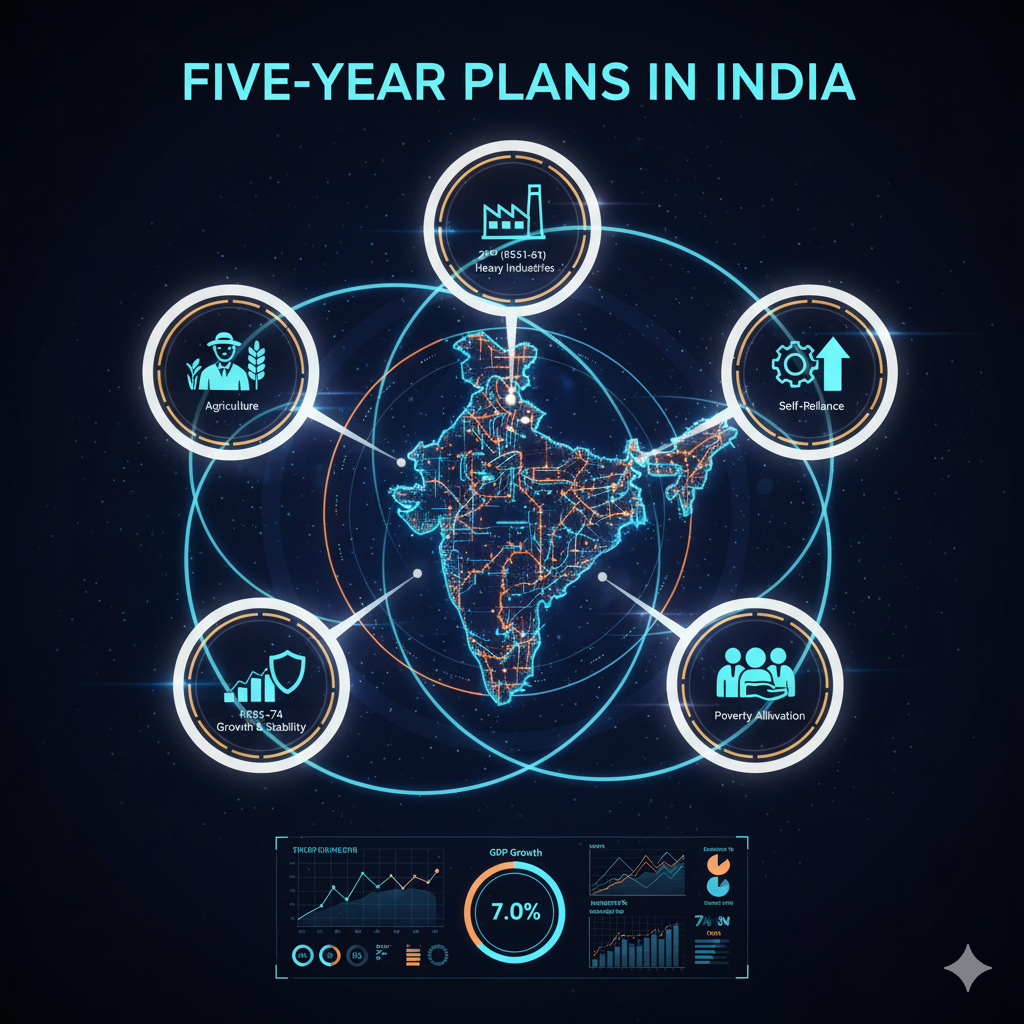Introduction
Millets have gained international recognition due to their nutritional value, climate resilience, and potential to enhance global food security. Countries worldwide are implementing dedicated programs to promote millet cultivation, consumption, and trade. This article provides a detailed analysis of millet programs at the global level, highlighting policies, initiatives, challenges, and future prospects.
Global Recognition of Millets
1. International Year of Millets (IYM 2023)
The United Nations declared 2023 as the International Year of Millets (IYM 2023) to raise awareness about the health and ecological benefits of millets. This initiative aimed to:
- Promote sustainable millet production and consumption.
- Encourage research and innovation in millet-based products.
- Improve trade opportunities for millet-producing countries.
- Integrate millets into national and international food policies.
Millet Programs in Different Regions
2. Africa’s Millet Initiatives
Africa is one of the largest millet-producing regions, with countries like Nigeria, Ethiopia, and Sudan leading in production. Several initiatives have been launched to boost millet farming:
2.1 The African Millet Alliance (AMA)
- Focuses on increasing millet yield and farmer incomes.
- Promotes sustainable millet farming techniques.
- Enhances millet value chains through improved processing and marketing.
2.2 The Great Green Wall Initiative
- Encourages millet cultivation to combat desertification.
- Supports smallholder farmers in arid regions.
- Enhances food security and rural livelihoods.
3. Millet Programs in the United States
Millets are gaining popularity in the U.S. due to their gluten-free properties and health benefits. Key initiatives include:
3.1 USDA Millet Research Programs
- Focus on developing drought-resistant millet varieties.
- Promote millet as an alternative to traditional grains.
- Conduct nutritional research to highlight millet’s health benefits.
3.2 Inclusion in School Feeding Programs
- Millets are being introduced in school meal programs to encourage healthy eating habits.
- Government grants support millet farmers and suppliers.
4. Millet Promotion in the European Union
Europe is witnessing growing demand for millet-based products, particularly among health-conscious consumers. The European Union (EU) has launched several programs:
4.1 EU Millet Research and Development
- Supports research on high-yield and climate-resilient millet varieties.
- Promotes millet as a sustainable alternative to traditional cereals.
4.2 Expansion of Gluten-Free Millet Products
- Encourages food industries to develop millet-based products.
- Increases millet availability in supermarkets and organic food stores.
5. China’s Millet Development Strategies
China has been at the forefront of millet research and production. Key initiatives include:
5.1 Government Millet Research Programs
- Investment in high-yield millet varieties.
- Integration of millets into national food security policies.
5.2 Millet Export Promotion
- China exports millet to international markets, enhancing its role in global trade.
- Collaborates with other countries on millet research and technology transfer.
6. International Research and Collaboration
Organizations like the International Crops Research Institute for the Semi-Arid Tropics (ICRISAT) and Food and Agriculture Organization (FAO) play a crucial role in global millet promotion:
6.1 ICRISAT Millet Research Programs
- Develop improved millet varieties for various climatic conditions.
- Support smallholder farmers with training and resources.
6.2 FAO’s Global Millet Development Strategy
- Advocates for millet inclusion in global food security policies.
- Encourages international trade and market expansion for millets.
Challenges in Global Millet Promotion
7.1 Low Consumer Awareness
- Many consumers are unaware of millet’s health benefits.
- Marketing campaigns are needed to increase demand.
7.2 Limited Processing and Value Addition
- Many regions lack the infrastructure for millet processing.
- Investment in value-added millet products is crucial.
7.3 Market and Trade Barriers
- Inconsistent supply chains and pricing fluctuations impact trade.
- More policies are needed to support millet exports.
Future Opportunities for Global Millets Program
8.1 Strengthening Government Policies
- Governments should integrate millets into national agricultural strategies.
- Increased subsidies and incentives for millet farmers.
8.2 Expanding Millet-Based Products
- Development of millet-based health foods, snacks, and beverages.
- Collaboration with food industries to introduce millet in mainstream markets.
8.3 Leveraging Digital Marketing and E-Commerce
- Online platforms can boost millet sales and awareness.
- Digital campaigns can educate consumers about millet’s benefits.
Conclusion
The global millets program is crucial for addressing food security, climate change, and nutrition challenges. Countries across the world are implementing policies and initiatives to promote millet production and consumption. With continued research, investment, and awareness campaigns, millets have the potential to become a staple food worldwide, benefiting both farmers and consumers alike.





Immerse into the vast galaxy of EVE Online. Test your limits today. Conquer alongside hundreds of thousands of pilots worldwide.